One of the most asked and debated questions in the cinephile community is “What movies should I own in my dvd collection?” It’s a question I’ve asked myself, so I did as any writer does and decided to make my own list of essential movies one should have in their dvd collection. Notice the words ‘dvd collection’; I’m talking hard copies here. And it’s worth mentioning that these are not the only five movies one should have in your collection; nor is it in any way saying you have to own all five.
My aim with this series is to hopefully introduce you to some films you may never have heard of or, even better, cause you to reevaluate the ones you have seen. Lists are useful for helping broaden one’s base of knowledge, organizing one’s thoughts, and starting a discussion, after all.
Each entry in this article series will revolve around a specific genre or topic. Because (thankfully) movies are constantly being made I had to set a cut off date. What I consider The Essentials will be made up of movies released before 2015.
Again, these are not all the essential movies, just some of them.
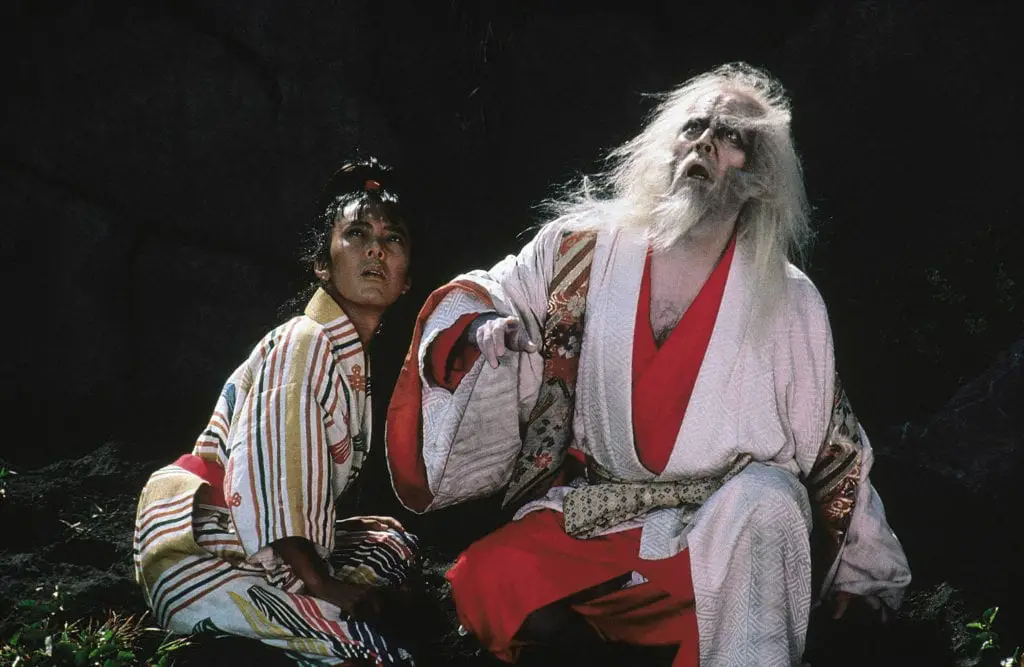
- Ran (1985) – One of Akira Kurosawa’s last films, Ran is simply put one of the greatest films ever made. Made with the financial help of the likes of Steven Spielberg, Francis Ford Coppola, Martin Scorsese, and George Lucas, it stands as a testament of a master at the end of his life and top of his craft. Kurosawa was nearly blind at the time and yet you will never find a more beautifully realized, perfectly composed movie.
Ran is Kurosawa’s take on an parable about a Sengoku-era warlord Mori Motonari. After he had completed a draft of the script, Kurosawa was struck by similarities shared with Shakespeare’s King Lear. So he went back and re-read the play and then melded the two stories together while blending in elements of Kabuki theatre.
Tatsuya Nakadai’s performance as Lord Hidetora, the Lear role, conveys such a depth of sheer emotional complexity, beauty, and regret that it stands as one of the greatest performances ever captured on film. Kurosawa, a trained painter, illustrated the storyboard using oil paintings. In short, it’s a masterwork of staggering genius and humanity.
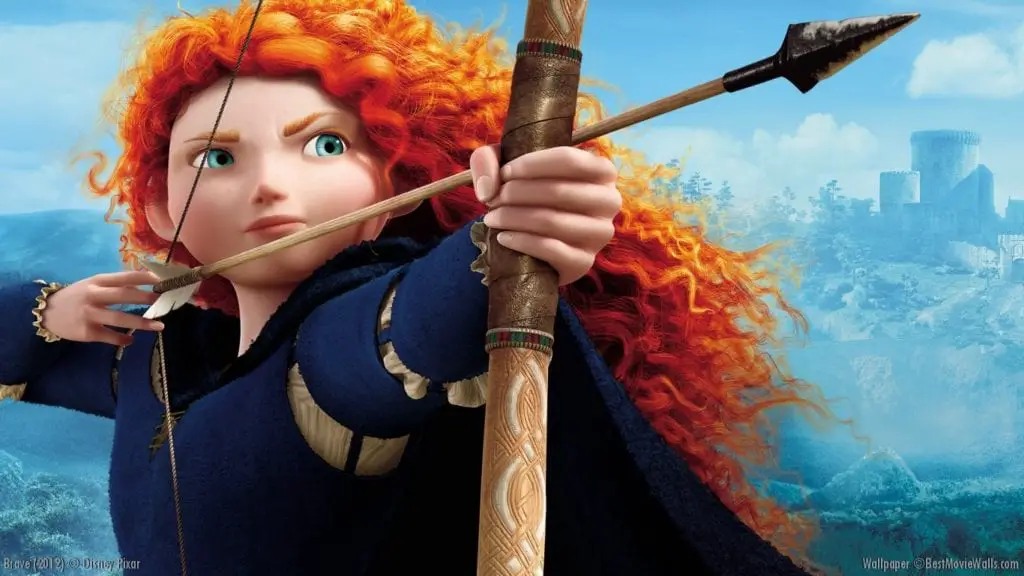
- Brave (2012) – Pixar’s first attempt to tell a story from a distinctly feminine point of view was met with mixed reviews across the board. For some reason or other Brave never found the audience or love it deserved. Whether it was due to the behind the scenes conflicts or people’s expectations being misled by the trailers, Brave is often overlooked.
Merida’s (Kelly MacDonald) journey of self discovery is one of the most complex emotional stories Pixar has ever told. The relationship between Merida and her mother Elinor (Emma Thompson) is one of the more realistic relationships ever animated. The friction comes not from anything manufactured but from generational ideals. Elinor is a Queen and knows well how the world views her and what her role must be. Merida bristles at these restrictions and the weight of responsibility being forced upon her.
Brave is not about a girl who makes a wish and turns her mother into a bear. It’s about a young girl realizing that she is becoming a woman and a princess; whether she likes it or not. It’s about a mother who is envious of her daughter’s spirit but also dreads the disappointments she will face because of the world she lives in. There’s a magic and a complex humanity to Brave’s storytelling that is reminiscent of Miyazaki or Takahata.
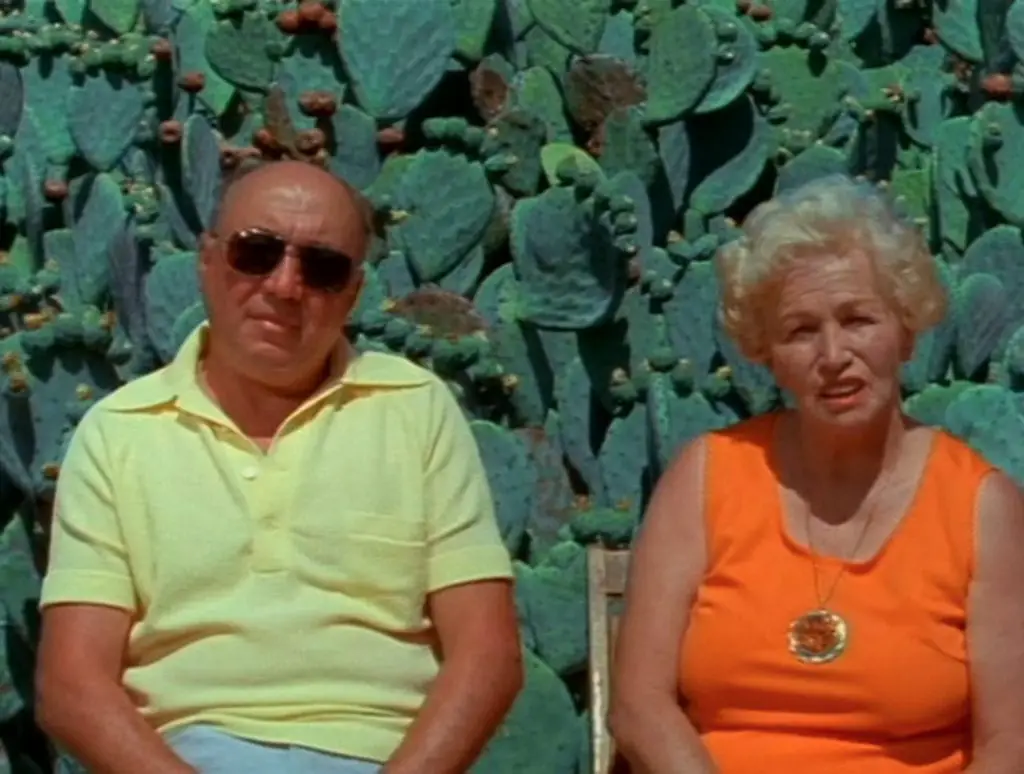
- Gates of Heaven (1978) – Errol Morris’ debut documentary about pet cemeteries remains one of the most fascinating movies ever made. Made because of a bet with Werner Herzog, Morris interviews his subjects by pointing a camera at them and letting them talk. It would become his trademark, but his talent for letting his subjects tell stories and personal philosophies is clear from the very beginning.
In the first half of Gates of Heaven Morris interviews Floyd McClure, a man who has a personal vested interest in pet cemeteries based on his life experiences. In the second half, Morris interviews Cal Harberts and his sons, who also run a pet cemetery but view it more like a business than any kind of calling. In between the two is Florance Rasmussen, who starts off talking about pets but then changes the subject to her no-good son.
It may not sound compelling, but what Morris does better than almost any documentarian is letting people speak for themselves about what they want to speak about. It may be about pet cemeteries on the surface, but really it’s about love, death, loss, and grief. Morris shows you the burial plots of the pets, not to mock them but to illustrate the great love that people can have for things other than themselves. There may seem to be an obsessiveness with some of them, but Morris never judges; he just aims his camera and allows us to come to our own conclusions. It’s a work that, once seen, will haunt you long after it is over.
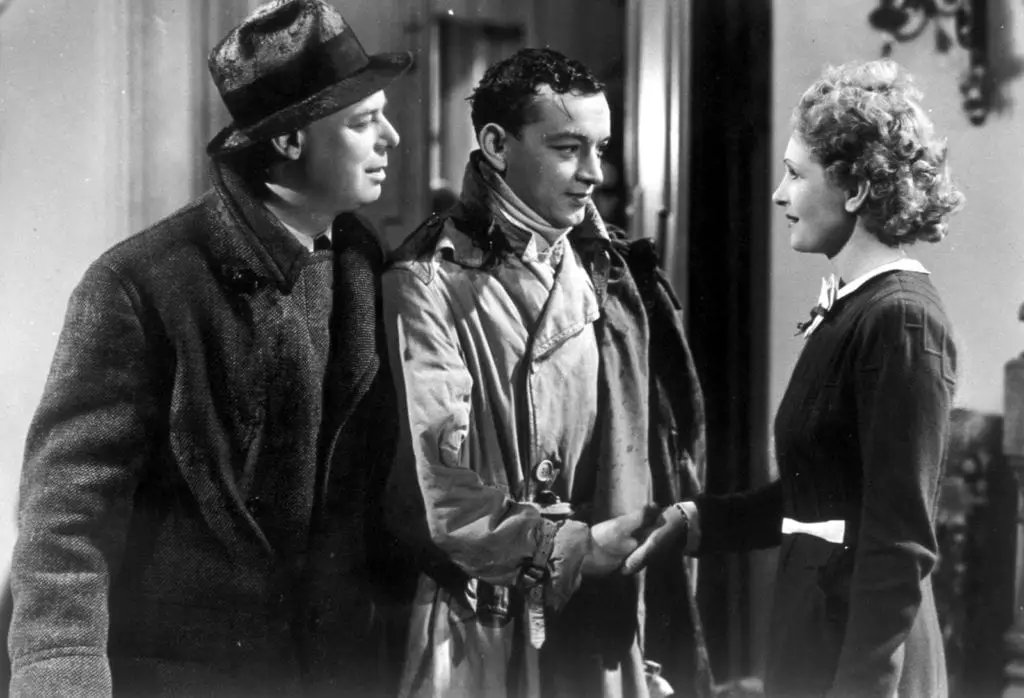
- The Rules of the Game (1939) – Jean Renoir is one of the great masters of cinema, and Rules of the Game stands as one of the great masterworks. A tragi-comedy that pokes fun at the narcissism and idiocy of the French upper class, it was despised upon it’s release. Renoir confessed at one screening that an audience member lit his newspaper on fire in order to burn down the theater. It was even banned by the Vichy government for being ‘demoralizing’.
Renoir weaves almost a dozen stories together as they collide at La Coliniere, the country estate of Robert (Marcel Dalio) and Christine (Nora Gregor). What follows is ostensibly a romantic farce as couples break up, form side couplets, only to have some reunite by the end. But underneath it all is an air of loneliness and sadness.
Renoir himself plays Octave, a clownish fool who strives to make people laugh to distract from his own insecurities. When I first saw The Rules of the Game, I was so transfixed by it I watched it everyday for a week straight discovering new things every time. Rarely has cinematic visual storytelling and character dynamic exploration been achieved so effortlessly. Jean Renoir was more than just a great artist, he was a great humanist and it’s humanism that makes The Rules of the Game stand above all the rest.
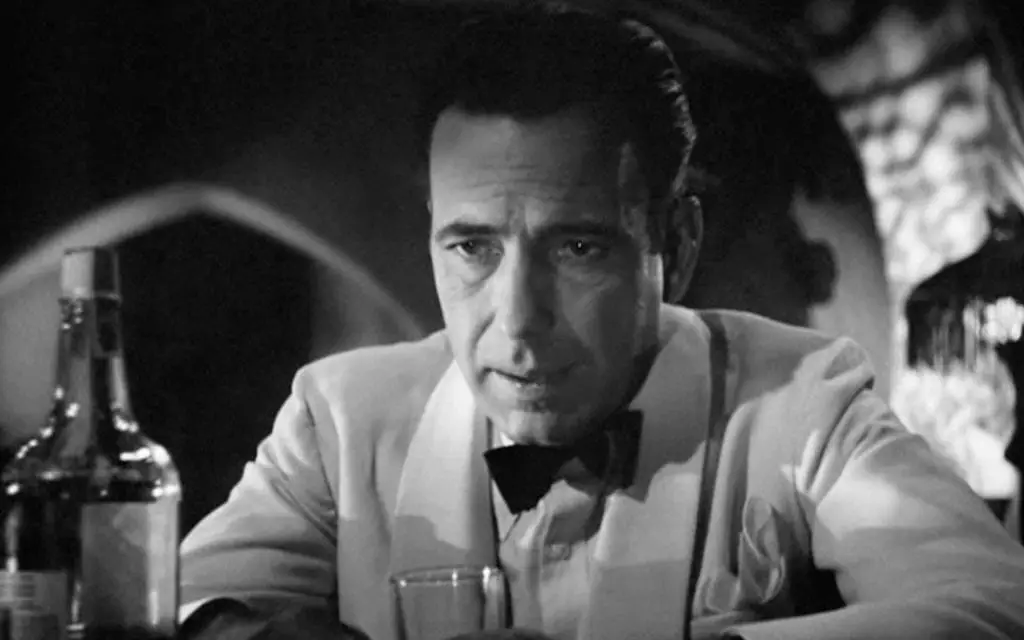
- Casablanca (1942) – Michael Curtiz started directing in 1912, and directed some one hundred and seventy eight films in total. In 1942 he directed the film classic Casablanca. Now, Curtiz is not what we call an ‘auteur’; he worked in the days when Hollywood made films like cars, in an assembly line fashion.
I mention the above so that when you watch Casablanca you understand that we are watching a masterpiece of propaganda smuggled seamlessly into slick Hollywood romantic thriller. The ‘letters of transit’ that Rick (Humphrey Bogart), Ilsa (Ingrid Bergman), Victor (Paul Henreid), and Captain Renault (Claude Rains) spend the movie chasing are one of the best story telling devices ever created. This dark espionage thriller sprinkled with wit and humor that evolves into a tale of redemption for Rick is a lesson for storytellers of every stripe.
Subtle and obvious at the same time Casablanca is a reminder that major studios are capable of producing great art. Julius Epstein, Philip Epstein, and Howard Koch’s script allow the exposition and characters to flow from the character’s interactions. The dialogue is so crisp, smart, and memorable it’s no wonder that all these years later people still quote it. Casablanca is widely regarded for being one of the greatest movies ever made for one simple reason: because it is.

